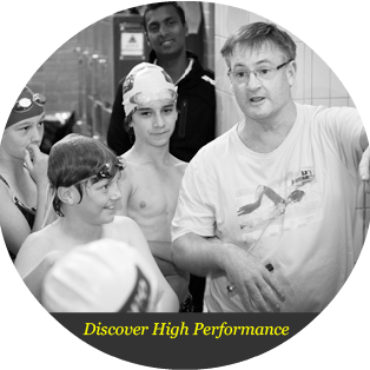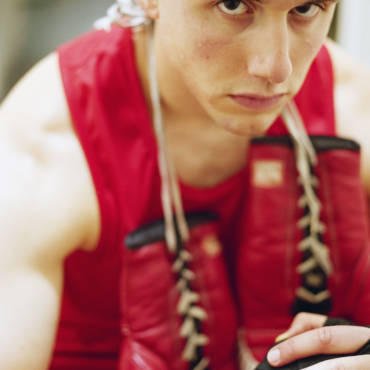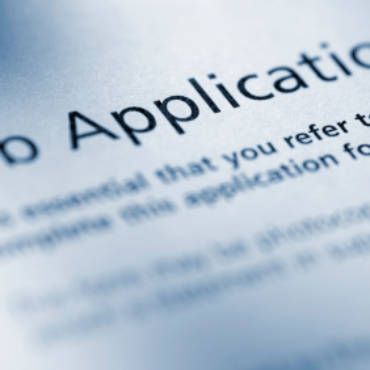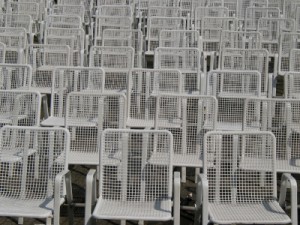I’m seeing some really exciting changes in sport happening around the world and a shift towards what I call “new sport.”
What we are seeing in a lot of the Olympic sports and what we call the high commitment sports – swimming, athletics, rowing, cycling, gymnastics, diving – sports which are asking and demanding a lot of commitment and a lot of time from athletes, their families and their partners. They’re all under pressure.
The numbers of competitive athletes, not the numbers of participants necessarily, but the number of competitive athletes in some of these high commitment sports are decreasing all around the world. I’ve seen it in Asia recently, I’ve seen it in Africa, I’ve seen it in Europe, I’ve certainly seen it in Australia and New Zealand. We’re seeing a big change, and a big decrease, in the numbers of competitive athletes in some of these high volume, high commitment sports.
Interestingly, the national sporting associations – the national sporting federations – around the world are all responding to this decrease in the number of registered or number of competitive athletes by promoting the sport and it’s their belief that there’s something wrong with the general public; that the general public don’t know enough about swimming or cycling or diving or gymnastics and this then explains the declining numbers.
The sporting Federations believe that if they educate people more about the sport and show people all the great things about the sport, the public will buy in.
But it’s not as simple as that.
The sport might implement a marketing and promotion campaign – and they might get more kids to turn up and want to swim, more kids to turn up and want to take up gymnastics, but unless the coaches have bought in to the need to change the way they do things, the sport is not going to change, and it’s not going to grow.
And in some cases – and I hate to say this – in some cases I fear that some of those high commitment sports will die. Within twenty years some of these high commitment Olympic sports may not even exist unless it’s purely for enjoyment, fun and participation. But the competitive side in some of those sports is in real trouble around the world.
The message for coaches is this: coaching is not just doing.
Coaching is about getting athletes excited; it’s about inspiring athletes; it’s about creating learning environments which are stimulating, interesting, engaging; environments where kids go to school on Monday and say, “That was so good. You should’ve seen what we did in the pool this morning”; “You should’ve seen what we did in the gymnastics arena”; “Should’ve seen what we’ve done, wow,” and have them excited about what they’re doing.
Too many coaches are still pushing and promoting the old ways – mindless repetition, unbelievably large volumes of training – we’re in an environment where more people are demanding to get a better result with less work. They want to get more with less. Too many coaches in these high commitment sports still believe the only way to succeed is by doing more work more often than anyone else and it’s bound to fail.
It’s not working, it’s not going to work in the future, and the smart coaches – the coaches who will be successful in the future – will start to look at how do I get a better result, how do I get increased performance, how do I really excite and engage athletes in a shorter time. This to me is one of the greatest challenges coaches, coaching and sport has faced in the last fifty years.
CoachTED (Training, Education and Development) Questions:
- Are you seeing the “New Sport” changes happening in your sport? Are you experiencing the “more with less” philosophy in your sport?
- How can you as a coach deal with these changes? How can you stay true to your coaching values, coaching philosophies and coaching beliefs while at the same time changing to meet the needs of your “clients”, i.e. athletes and families?
- What’s the future of coaching look like in your sport? How can you adapt and change so that you and your coaching remain relevant and effective in the future?




